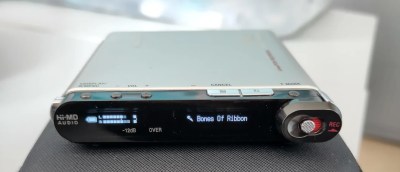Heating things up is one of the biggest sources of cost and emissions for many industrial processes we take for granted. Most of these factories are running around the clock so they don’t have to waste energy cooling off and heating things back up, so how can you match this 24/7 cycle to the intermittent energy provided by renewables? This MIT spin-off thinks one solution is thermal storage refractory bricks.
Electrified Thermal Solutions takes the relatively simple technology of refractory brick to the next level. For the uninitiated, refractory bricks are typically ceramics with a huge amount of porosity to give them a combination of high thermal tolerance and very good insulating properties. A number of materials processes use them to maximize the use of the available heat energy.
While the exact composition is likely proprietary, the founder’s Ph.D. thesis tells us the bricks are likely a doped chromia (chrome oxide) composition that creates heat in the brick when electrical energy is applied. Stacked bricks can conduct enough current for the whole stack to heat up without need for additional connections. Since these bricks are thermally insulating, they can time shift the energy from solar or wind energy and even out the load. This will reduce emissions and cost as well. If factories need to pipe additional grid power, it would happen at off-peak hours instead of relying on the fluctuating and increasing costs associated with fossil fuels.
If you want to implement thermal storage on a smaller scale, we’ve seen sand batteries and storing heat from wind with water or other fluids.



















